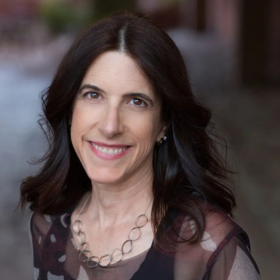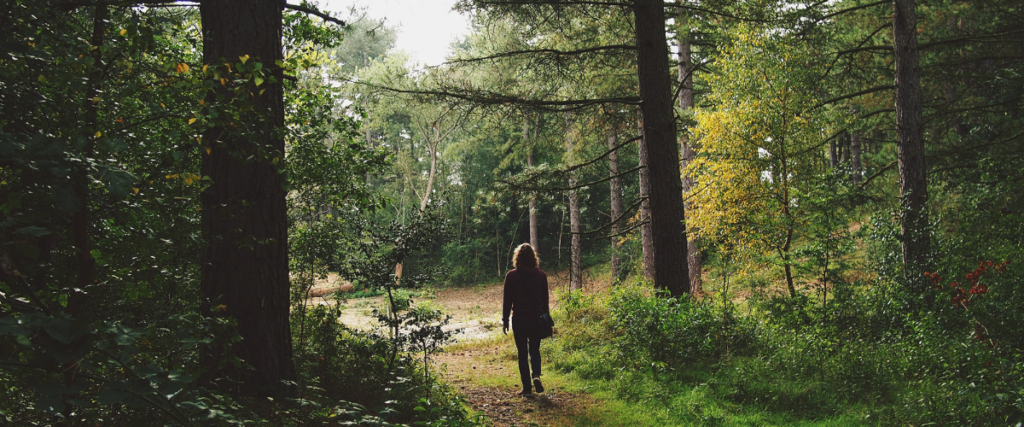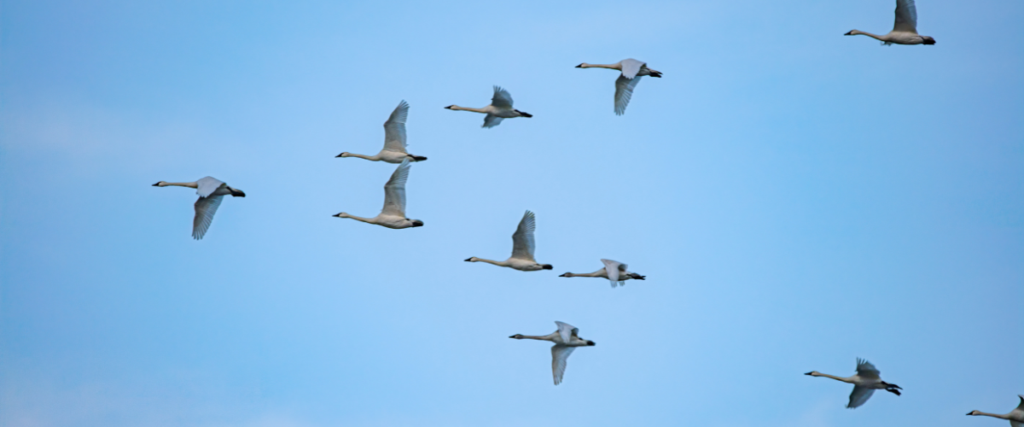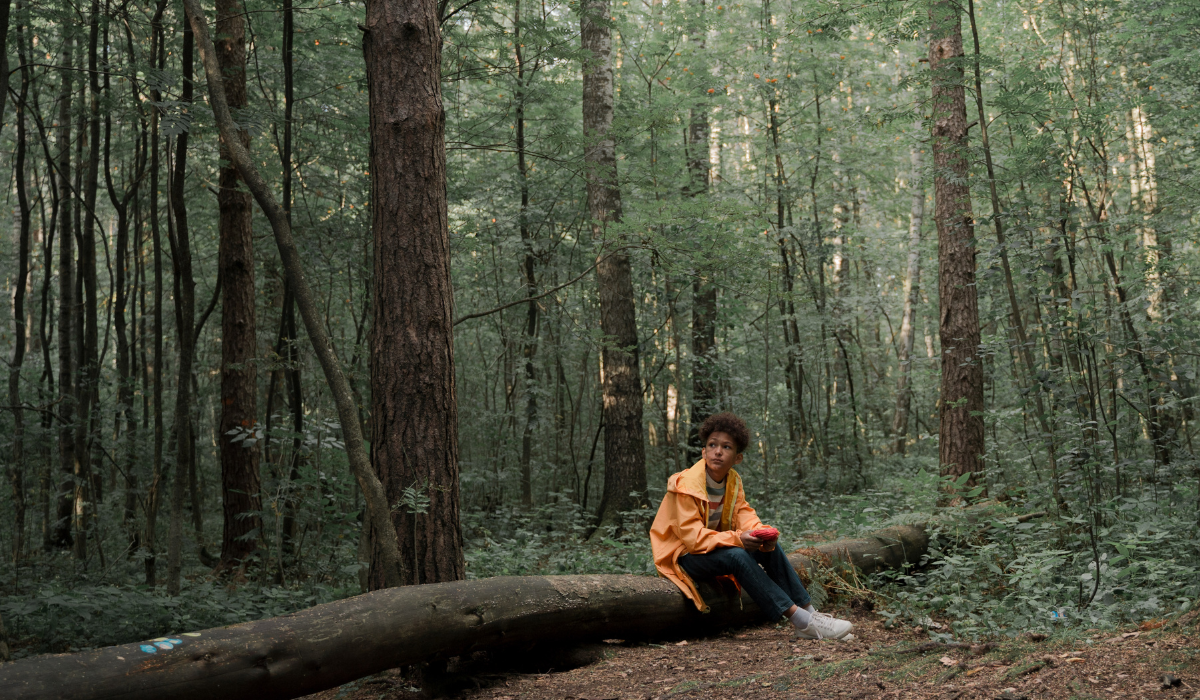The Science of Feeling Better: Florence Williams on How Nature Affects Our Health
Bioneers | Published: March 24, 2025 Ecological MedicineNature, Culture and Spirit Article

Journalist and author Florence Williams began considering just how deeply our internal emotional landscape reflects our external environment after moving from Boulder, Colorado, to Washington, D.C. But it wasn’t until she found herself in rush-hour traffic, navigating a chaotic traffic circle, that the realization truly hit — her nervous system had changed.
“Everything was sort of gray and monochromatic, and between the traffic and the asphalt, the overstimulation of being in a major urban setting, a stress bomb was going off in my head,” she said. “I had moved from the foothills of the Rockies, where I was on this gentle little trail every day, and suddenly I was in a car in a traffic circle wanting to pull my hair out.”
Williams said it was in that moment that she saw the toll the change in her environment had taken on her well-being: she was more stressed, sleeping poorly, and her nervous system was in a totally different place than it had been before the move. She asked herself: How was what was going on outside affecting what was going on inside? Thus began Williams’ investigation into environmental psychology and the restorative benefits of nature.
In the subsequent writing of her book “The Nature Fix: Why Nature Makes Us Happier, Healthier and More Creative,” Williams traveled to four continents, exploring humans’ relationship with the natural world and the science behind nature’s positive effects on the brain. In the following conversation with Bioneers, Williams discusses the most intriguing — and surprising — scientific findings on that topic, and what we can all do to make the most of the nature accessible to us. Plus, read an excerpt from “The Nature Fix,” where Williams explores the Japanese practice of forest bathing and the science of the biophilia hypothesis.
Bioneers: In the writing of the book, you visited nature neuroscience researchers on four continents, from forest bathing sites in Japan, to islands in Finland, to eucalyptus groves in California. Were there any common threads or intriguing differences regarding how the different cultures you explored see nature?
Florence Williams: I think there were some really interesting differences in what the cultures were interested in and focusing on. In Asia and Europe, the researchers really seemed to be interested in mental and emotional health. They were studying the nervous system, feelings of vitality, feelings of restoration, positive and negative mood affect. The researchers I met in Utah, specifically, and some other places in the United States, were actually really interested in how to maximize productivity. They were asking questions such as, “How can we take breaks in nature that will help us go back to the office?” Of course, this reporting was before the pandemic, and I think in this country there’s now more interest in mental health. But what was going on around this time is that some of these major tech campuses, such as Facebook, were incorporating walking trails, not necessarily to help their employees’ psyches as much as to help them just work longer and better. Micro breaks in nature really do help refresh our minds, but it would be nice if we were also thinking about how to help us be better people and better in our relationships. There’s probably some middle ground there: Be productive but also be healthier psychologically.

Bioneers: Your book highlights the science behind nature’s positive effects on the brain. What was some of the strongest evidence you found for why humans need to get out in the natural world?
Williams: A lot of these neuroscience studies show some pretty clear associations between time spent outside and in maximizing feelings of vitality and aliveness and the prevention of depression, for example. We know that short periods of time outside can shift our nervous system state to a place where we can have slower respiration, lower blood pressure, and reductions in our cortisol levels. These effects really add up in terms of helping prevent not just psychological diseases but also physiological diseases.
We know that people who spend more time in green space are also healthier. They have lower rates of morbidity, stress-related diseases such as cardiovascular disease, and certain cancers and illnesses. We know that kids who spend more time outside have fewer symptoms of ADHD and mothers have higher birth weight babies if they live closer to green space. There is less gun violence and there are fewer violent and aggressive crimes in neighborhoods that have more green space. All of this is after adjusting for income. There are so many spheres of benefit. Some studies have shown creativity increases 50% after a couple of days outside. I talk about the three-day effect in my book. There’s a dose curve when it comes to nature, from 15 minutes to three days outside, and there are different levels of benefits and effects at each tier.
There are studies that show we behave differently when we’re outside — that we’re actually nicer to each other. We feel more connected to community after seeing something beautiful and after experiencing awe. Being in nature is actually good for civilization.
I wasn’t surprised about the improvements in physical and mental health, because I knew I felt better when I was outside, but there were also some findings that really surprised me. There are studies that show we behave differently when we’re outside — that we’re actually nicer to each other. We feel more connected to community after seeing something beautiful and after experiencing awe. Being in nature is actually good for civilization. That’s something that I think we all are thinking about right now. How do we care about each other and our civic institutions? It turns out nature is a big piece of that puzzle.
Bioneers: How do devices and digital distractions contribute to our disconnect from nature, and what do you think people should bear in mind about the impacts of screens and devices on our mental health and well-being? Is there a technique that has personally helped you disconnect?
Williams: I think it would be a mistake just to say digital devices are across-the-board evil in terms of getting people outside because there are so many great apps. I use GPS apps, hiking apps and map apps, and I feel like they have really opened up some backcountry possibilities for me. There are cool constellation apps, and naturalist apps. Having a camera can actually sometimes help you see natural objects and plants or birds more closely. For example, people sometimes enjoy taking photos of the patterns that they see. But I think the biggest effect, of course, is that screens have created so much interest and dopamine fulfillment while being inside.
It used to be boring to be inside our houses. That’s why kids played outside, but now the script has flipped.
It used to be boring to be inside our houses. That’s why kids played outside, but now the script has flipped. Nature has to compete with so many things that grab us and keep us indoors. For me, I think one of the keys is to establish a routine to go outside. Put your phone away and pay attention to how you feel. We’re not very good at that. We’re not very good at paying attention to our internal emotional landscape. But when we cue ourselves to do so—by taking a walk, noticing something beautiful, and asking, “How do I feel now?”—most of us realize, “Oh, I feel better than I have all day.” Making that cognitive leap is required for us to understand and appreciate how being outside changes our moods and even improves our sleep.
At the end of the day, ask yourself, “When was I the happiest today?” I’ve noticed it’s always when I was outside. That’s when I actually felt alive, when all of my senses woke up. Whereas when we’re inside our houses, on our screens and doing email, or in our car, we actively shut down our senses to pay attention to tasks required by our executive network. But when we engage all our senses, we feel more alive. When we step outside, we can cue our senses: “What am I hearing? Are there birds? Do I see patterns in the trees or the leaves? What’s moving around me? Is there sun or shade hitting my skin?” These cues can provide a shortcut to that aliveness.
For both kids and adults, we need to do things that are gratifying and exciting outside, because that’s what our phones provide. So if we can be with friends outside, that will sort of wake up our social pathways. If we can have some little adventures, play a new sport, for example, or learn a new skill outside, that can tickle those dopaminergic networks in the same way that phones do.
There are also these very practical things we can do to turn off or down some of those digital dopamine buttons. You can turn off notifications. I actually recently just moved my Instagram icon to a later page on my phone, and it’s really helped. More and more people are looking at ways to create friction for social media, and I think we can really consciously set up the obstacles and make it harder, while at the same time embracing and noticing how great we feel outside.

Bioneers: More than half of the world’s population now live in cities. Can you share about how quick bursts, or “nearby nature,” can immediately impact us? What about the effect of longer experiences on our brains and bodies?
Williams: We know that even just 15 minutes outside can lower blood pressure and reduce stress hormone levels. People’s moods improve even after this short time outdoors, making them feel more optimistic. If you think of nature exposure like a food pyramid, the foundation is our nearby nature, offering micro-stress reduction.
Research on the science of awe shows that even these 15- or 20-minute walks outside can make us feel less self-involved, more connected to our communities, more optimistic and less anxious. Practicing micro-dosing awe or beauty is psychologically beneficial. When walking around your block, make an effort to find something beautiful. Look at a flower, watch a bird or gaze at the clouds. Take a few breaths. Studies show that after six weeks of this practice, people experience a 30% reduction in anxiety, depression, and even physical pain. That study comes from Michael Amster and Jake Eagle.
The bottom of the pyramid are also things like street trees, pocket parks, even just looking out your window. There are studies from hospitals of people who got the same gallbladder surgery, and they show that people assigned to part of the hospital that looks out on grass and trees got out a day earlier, requested less pain medication and were less agitated than those looking out onto another building. The pandemic also provided some interesting study designs. For instance, people who were able to access a garden during the pandemic reported feeling less lonely and less anxious.
Then the middle of the pyramid is where you spend a couple hours outside—having a picnic, sitting on a park bench or walking in a regional park. Studies in Finland link this to preventing depression, while UK research shows that people who spend two hours per week outside are at a sweet spot for physical and mental health. We know 90-minute walks outside can reduce the activation in our subgenual prefrontal cortex, the brain region associated with negative self-referential thinking, which is linked to depression. As activation goes down in the prefrontal cortex, areas associated with sensory and motor skills get activated instead. That’s associated with better moods and feelings of vitality.
When we’re inside our houses, on our screens and doing email, or in our car, we actively shut down our senses to pay attention to tasks required by our executive network. But when we engage all our senses, we feel more alive.
Then the tippy-top of the pyramid is like the special dessert — more exposure to wilderness, or what’s sometimes called the three-day effect. That’s where people can find significant improvement in terms of dealing with trauma, grief and life transitions. I see this all the time in the retreats I lead in the Colorado mountains. That’s where you have the time and the space to really go deep into who you are, who you want to be in the world and how to recover from some of these huge stressful events.

